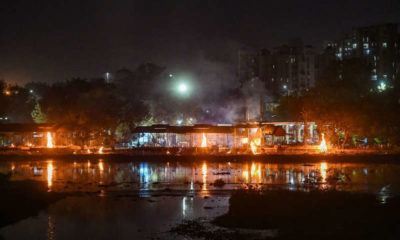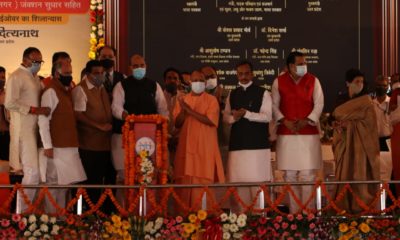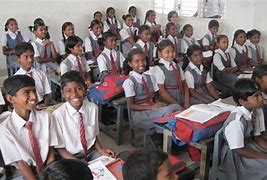Feature
With Lok Sabha elections months away, issue of UP division back in focus
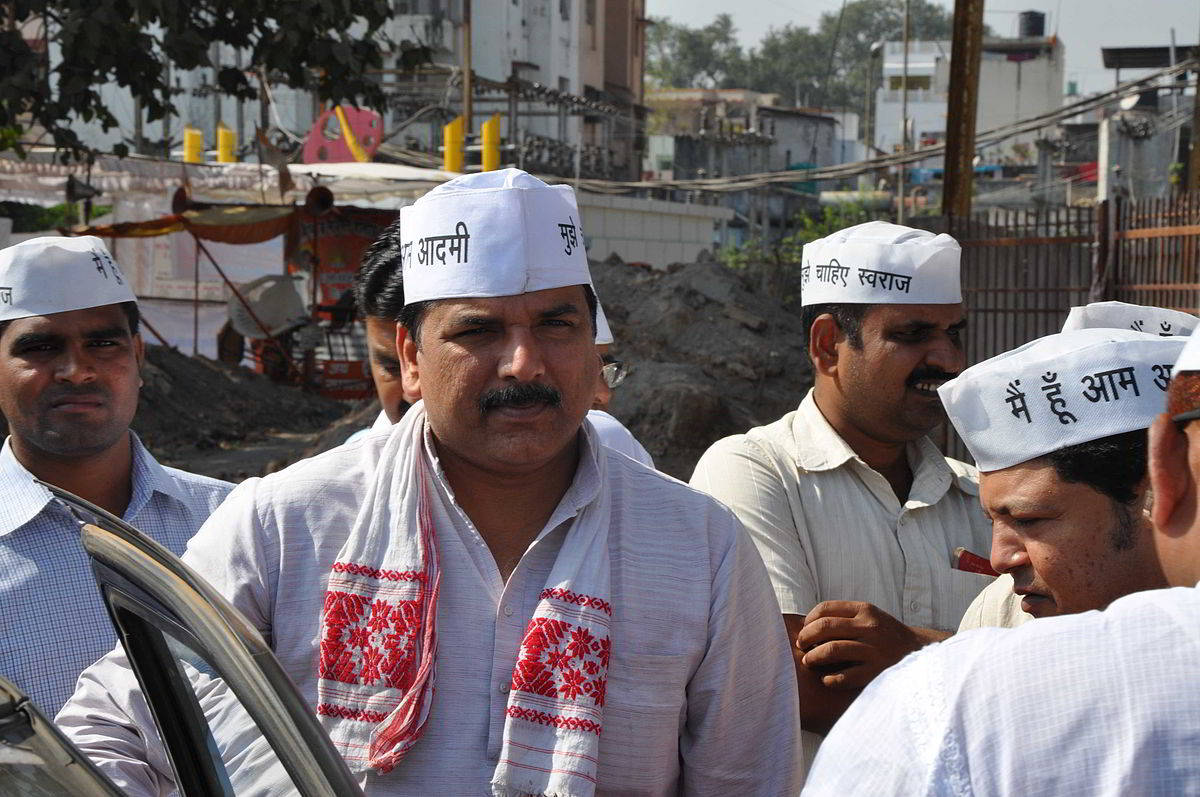
Lucknow: As the 2019 Lok Sabha elections months away, the issue of division of Uttar Pradesh, the most populous state, is back in focus as the Aam Aadmi Party (AAP) said Monday it will launch a movement to fulfil the long-standing aspiration of the people.
The state accounts for the highest number of 80 Lok Sabha seats.
“Uttar Pradesh is a big state, both from the points of view of area and population. Its population is as much as that of any big country. It has become practically very difficult to govern such a vast state,” AAP spokesperson Sanjay Singh told media persons.
“The AAP is in favour of smaller states. It supports division of Uttar Pradesh into four parts, and for this, it will go the extent of even launching a movement. The party will finalise its strategy soon,” he said.
On being pointed that other political parties have opposed division of the state, Singh said the BJP has been a supporter of formation of smaller states.
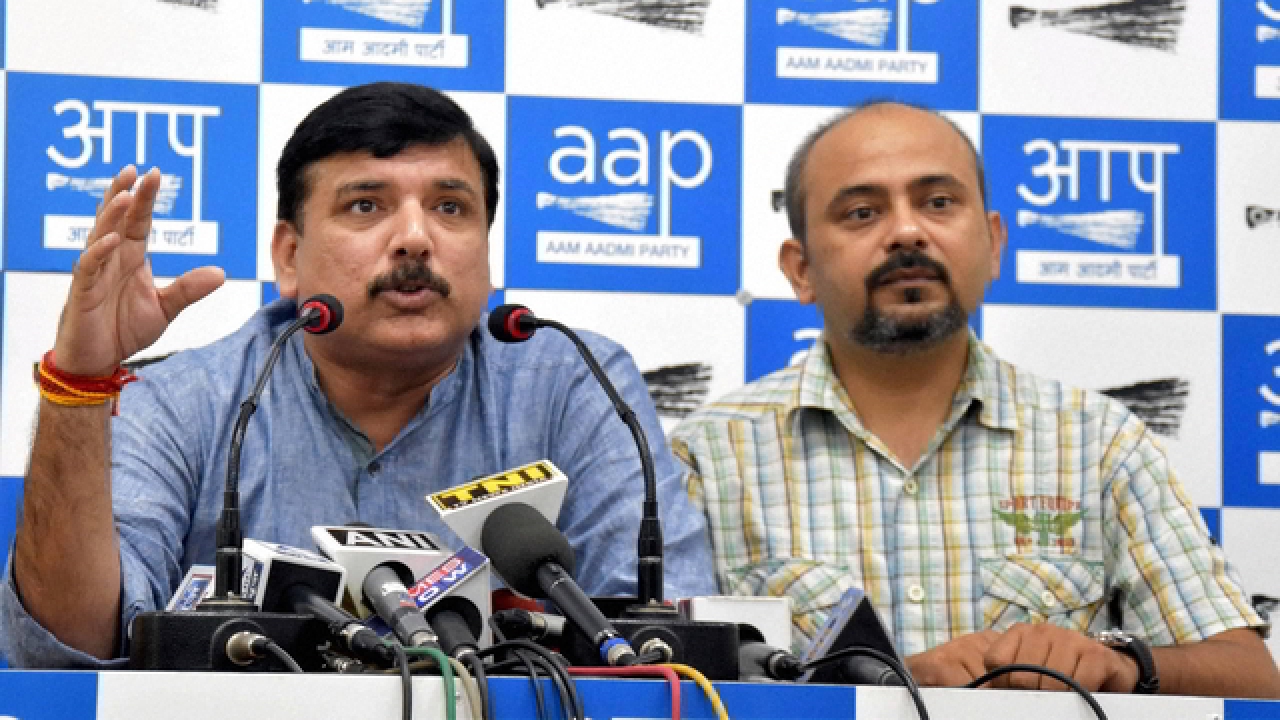
“People of Bundelkhand, Poorvanchal and Paschim Kshetra (western UP) have been demanding creation of smaller states for the last many years. This is a matter of public feeling and political parties must think seriously,” the senior AAP said.
The party is of the view that for effective law and order system and conducive conditions for growth, formation of smaller states is necessary, Singh, a Rajya Sabha member, said.
“In Uttar Pradesh, because of poor law and order and absence of development, schools, roads and hospitals are not being built. Sonbhadra district gives the maximum revenue, but see its condition. See the condition of Poorvanchal. If UP is divided into four states, it will be good,” he said.
Speaking at an event in Noida on Saturday, AAP convenor Arvind Kejriwal advocated for the division of the state and said it has lagged in development because of its size.
“Uttar Pradesh should be divided into Awadh, Bundelkhand, Purvanchal and Pashchim Uttar Pradesh — four states. This is the people’s demand. And not only do we support it, we will struggle with the people of the state for the fulfilment of this demand,” Kejriwal said.
The demand for splitting Uttar Pradesh into Harit Pradesh (western UP), Poorvanchal (eastern UP), Bundelkhand and Awadh is raked up from time to time and come elections, it gains momentum.
Further division of UP is back on tongues of politicians as LS polls approach near:
The Bahujan Samaj Party (BSP), headed by Mayawati, was once a strong supporter of the demand when the Samajwadi Party was in power, maintaining that smaller states could be governed better.
Dalit icon B R Ambedkar, the architect of the Constitution had recommended the division of Uttar Pradesh in his book ‘Bhashayi Rajya’.
As the chief minister, Mayawati had first raised the issue in 2007 and her government had even adopted a resolution in the state Assembly seeking its division into four parts.
Both the BJP and the Congress had supported the resolution brought by Mayawati in the 403-member House.
But, as Mayawati lost power in 2012 after winning just 80 seats against 206 seats in 2007, her demand lost steam.
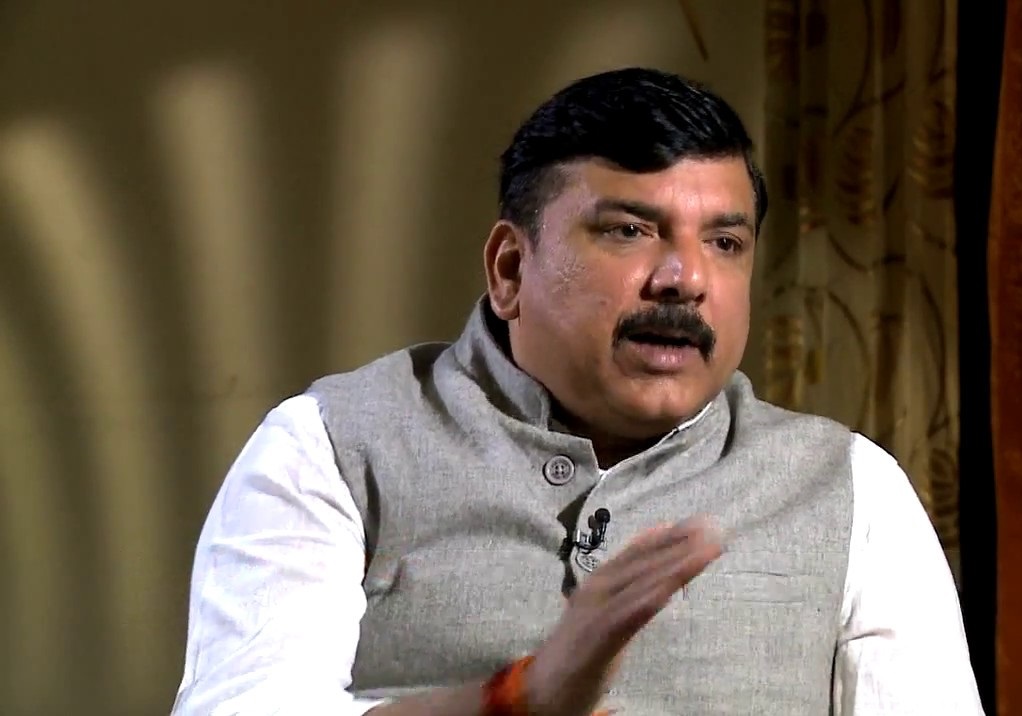
The BJP-led NDA had carved out Uttarakhand, Jharkhand and Chhattisgarh from UP, Bihar and Madhya Pradesh respectively, giving rise to speculation that it might favour further division of the most populous state.
Besides the RLD, Raja Bundela’s Bundelkhand Congress, Kalyan Singh’s erstwhile Jan Kranti Party, Amar Singh’s now defunct Rashtriya Lok Manch and Ayub Khan’s Peace Party too had time to time pitched for division of the state.
In August this year, the issue suddenly bounced back into focus when around 250 people got themselves tonsured in Mahoba district demanding statehood for Bundelkhand region.
Under the banner of Bundeli Samaj, they demanded carving out of a separate Bundelkhand state from Uttar Pradesh and Madhya Pradesh on the lines of Jharkhand, Uttarakhand, Chhattisgarh and Telangana.
Convenor of the Bundeli Samaj, a social organisation, Tara Patkar claimed the BJP has forgotten its promise of giving a separate Bundelkhand state to the people.
Bundelkhand is a hilly region spread over Uttar Pradesh and Madhya Pradesh. Seven districts in Uttar Pradesh-Banda, Mahoba, Hamirpur, Lalitpur, Jhansi, Jalaun and Chitrakoot-and eight districts in Madhya Pradesh fall under this region.
Entertainment
Meghalaya Reserves Legalized Gambling and Sports Betting for Tourists

The State Scores Extra High on Gaming-Friendly Industry Index
Meghalaya scored 92.85 out of 100 possible points in a Gaming Industry Index and proved to be India’s most gaming-friendly state following its recent profound legislation changes over the field allowing land-based and online gaming, including games of chance, under a licensing regime.
The index by the UK India Business Council (UKIBC) uses a scale of 0 to 100 to measure the level of legalisation on gambling and betting achieved by a state based on the scores over a set of seven different games – lottery, horse racing, betting on sports, poker, rummy, casino and fantasy sports
Starting from February last year, Meghalaya became the third state in India’s northeast to legalise gambling and betting after Sikkim and Nagaland. After consultations with the UKIBC, the state proceeded with the adoption of the Meghalaya Regulation of Gaming Act, 2021 and the nullification of the Meghalaya Prevention of Gambling Act, 1970. Subsequently in December, the Meghalaya Regulation of Gaming Rules, 2021 were notified and came into force.
All for the Tourists
The move to legalise and license various forms of offline and online betting and gambling in Meghalaya is aimed at boosting tourism and creating jobs, and altogether raising taxation revenues for the northeastern state. At the same time, the opportunities to bet and gamble legally will be reserved only for tourists and visitors.
“We came out with a Gaming Act and subsequently framed the Regulation of Gaming Rules, 2021. The government will accordingly issue licenses to operate games of skill and chance, both online and offline,” said James P. K. Sangma, Meghalaya State Law and Taxation Minister speaking in the capital city of Shillong. “But the legalized gambling and gaming will only be for tourists and not residents of Meghalaya,” he continued.
To be allowed to play, tourists and people visiting the state for work or business purposes will have to prove their non-resident status by presenting appropriate documents, in a process similar to a bank KYC (Know Your Customer) procedure.
Meghalaya Reaches Out to a Vast Market
With 140 millions of people in India estimated to bet regularly on sports, and a total of 370 million desi bettors around prominent sporting events, as per data from one of the latest reports by Esse N Videri, Meghalaya is set to reach out and take a piece of a vast market.
Estimates on the financial value of India’s sports betting market, combined across all types of offline channels and online sports and cricket predictions and betting platforms, speak about amounts between $130 and $150 billion (roughly between ₹9.7 and ₹11.5 lakh crore).
Andhra Pradesh, Telangana and Delhi are shown to deliver the highest number of bettors and Meghalaya can count on substantial tourists flow from their betting circles. The sports betting communities of Karnataka, Maharashtra, Uttar Pradesh and Haryana are also not to be underestimated.
Among the sports, cricket is most popular, registering 68 percent of the total bet count analyzed by Esse N Videri. Football takes second position with 11 percent of the bets, followed by betting on FIFA at 7 percent and on eCricket at 5 percent. The last position in the Top 5 of popular sports for betting in India is taken by tennis with 3 percent of the bet count.
Local Citizens will Still have Their Teer Betting
Meghalaya residents will still be permitted to participate in teer betting over arrow-shooting results. Teer is a traditional method of gambling, somewhat similar to a lottery draw, and held under the rules of the Meghalaya Regulation of the Game of Arrow Shooting and the Sale of Teer Tickets Act, 2018.
Teer includes bettors wagering on the number of arrows that reach the target which is placed about 50 meters away from a team of 20 archers positioned in a semicircle.
The archers shoot volleys of arrows at the target for ten minutes, and players place their bets choosing a number between 0 and 99 trying to guess the last two digits of the number of arrows that successfully pierce the target.
If, for example, the number of hits is 256, anyone who has bet on 56 wins an amount eight times bigger than their wager.




